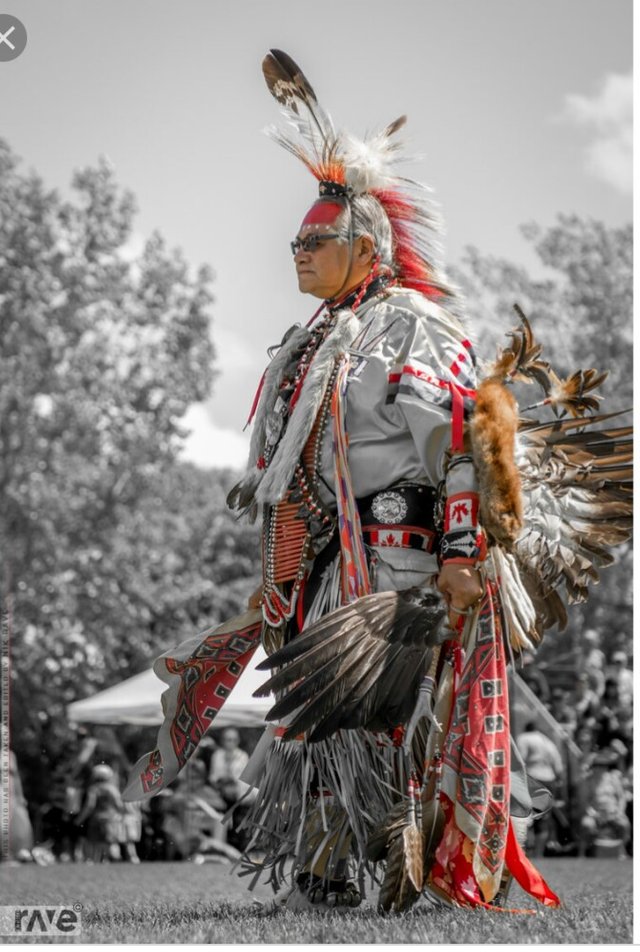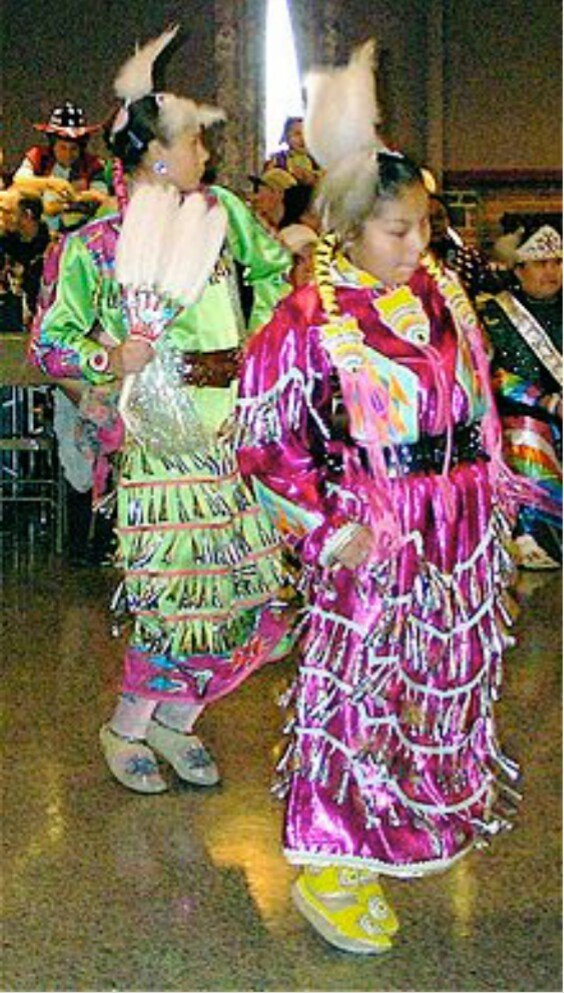canada
OTHER MEDIA IN THIS ARTICLE
After the 1885 Northwest Rebellion (also known as the Northwest Resistance), the federal government developed the pass system — a process by which Indigenous people had to present a travel document authorized by an Indian agent in order to leave and return to their reserves. The pass system was a way of controlling the movement of Indigenous people. It aimed to prevent large gatherings, seen by many White settlers as a threat to their settlements. Colonial officials also believed that the pass system would prevent another conflict like the Northwest Resistance. Used in conjunction with policies such as the Indian Act and residential schools, the pass system was part of an overall policy of assimilation. Though it never became a law, the pass system restricted Indigenous freedom in the Prairie West during the late 19th and early 20th centuries. It has had lasting impacts on generations of Indigenous people, as restrictions on mobility caused damage to Indigenous economies, cultures and societies.
Historical Context
In the 1880s, the North-West Mounted Police (NWMP) used vagrancy laws to restrict the movement of Indigenous people. They feared Indigenous people might attack the United States army from Canada or that Indigenous people on both sides of the border might form an alliance
against the government. Colonial officials also believed that large congregations of Indigenous people threatened the peace and stability of White settlements in the West. Such large gatherings also allowed for the practice of Indigenous customs and religions, which were considered counterproductive to assimilation efforts. (See also Colonization.)
In 1882, the federal government passed an Order-in-Council that proposed authorities from both Canada and the United States grant permits to Indigenous people who wished to cross the border. In the same year, NWMP commissioner Acheson Gosford Irvine recommended that Indian agents — the administrators of Indigenous policy — prevent large groups from leaving their reserves.
By 1883, the federal department of Indian Affairs was also concerned about the movement of Indigenous women, in particular. Camped in tipis on the outskirts of White settlements — likely maintaining the home while the men were away — Indigenous women were considered threats to colonists. Deputy Superintendent General Lawrence Vankoughnet suggested a solution: Indian agents issue tipi owners a permit that would have to be produced if requested by the NWMP. Indian Commissioner Edgar Dewdney suggested the NWMP to use the Vagrant Act to remove individuals who camped without passes.
However, Commissioner Irvine of the NWMP argued in 1884 that a policy of confining Indigenous people to their reserves would be viewed as a breach of confidence. Indigenous people had signed various treaties with the Crown, many of which confirmed their right to hunt and travel freely. (See also Numbered Treaties.) Since there was no federally approved pass system at the time, the regulation of Indigenous movement was largely left up to the discretion of local authorities, such as Indian agents and the NWMP.
Implementing the Pass System
The Northwest Rebellion (or Northwest Resistance) of 1885 altered the government’s approach to Indigenous mobility. With a rebellion underway, federal officials sought a more clearly defined, wide-reaching policy of restricting Indigenous movement. In May 1885, Major-General Frederick Dobson Middleton wrote to Indian Commissioner Edgar Dewdney suggesting colonial officials prevent Indigenous people from leaving their reserves, in the hopes of stopping them from joining the conflict. Dewdney responded, indicating that he did not have the authority to issue such a proclamation. Nevertheless, he told Indigenous people not to leave their reserves without permission. The idea of a formalized pass system was born.
In July 1885, a month after the conflict ended, Hayter Reed, assistant commissioner of Indi!

Congratulations @jaybeez! You received a personal award!
You can view your badges on your Steem Board and compare to others on the Steem Ranking
Vote for @Steemitboard as a witness to get one more award and increased upvotes!